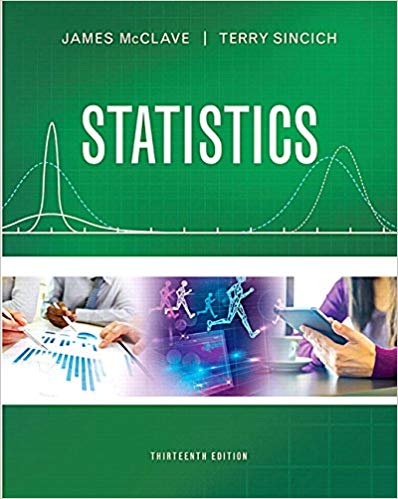Answered step by step
Verified Expert Solution
Question
1 Approved Answer
Forging (Application to Materiais Science) Table 1: Materials variable saved in MA1 data.mat UCS Aluminum Cadmium Iron Tungsten Background: Comprehension Time: 15-20 min In




Forging (Application to Materiais Science) Table 1: Materials variable saved in MA1 data.mat UCS Aluminum Cadmium Iron Tungsten Background: Comprehension Time: 15-20 min In a factory, various metal rods are forged and then plunged into a liquid to quickly cool the metal (a process called quenching). The type of metal as well as each metal's specific heat capacity [J/(g C)] and mass [g] are given in the data file MA1_data.mat as two different variables. The tables below represent those variables for the data provided: DI 0.897 0.231 0.450 0.134 1.261 25 Highlight Table 2: Data variable saved in MA1 data.mat. Information about material. Each row corresponds to the same row in the Materials. Specific Heat (cp) [J/{g C)] Mass [g] 4000 8000 5000 12800 Table 3: CoolingLiquid.csv provides the data shown in the Value column. Material Property Value Units J/(g C) Specific Heat Specific Gravity Initial Temperature The metal pieces vary in mass and are produced at a temperature of 300 C. The ideal process lowers the temperature of the material to 50 C. The liquid used to cool the metal is glycerol, whose properties are provided in the data file CoolingLiquid.csv and shown in the table below. It is critical to evaluate the necessary amount of cooling liquid needed for each cooling process (depending on the material and its mass), You will need to use Equation I to. determine the energy needed to cool the material and the necessary mass of the cooling liquid. Recall that density is mass divided by volume Careful of units! Q = mc,AT Eq. 1 where is thermal energy [J], mis mass [g], cp is specific heat [J/(g C)], and AT is the change in temperature [C]. Your job is to develop a script to determine the thermal energy in joules removed from each rod, cooling the rod from an initial temperature of 300 [C] to a final temperature of 50 [C]. You will then determine the required volume of cooling liquid to properly cool the rod (in gallons). Your script will accomplish this for a user defined material with given values and for the dataset provided. HINT: In this case thermal energy is requested as a quantity, so the value outputted should be positive. Erase 0.8 H Task 2: (20- 25 min) Function You now would like to calculate the thermal energy [J] removed and volume [gal] of cooling liquid necessary to cool multiple additional materials from 300 [C] to 50 [C]. Develop a user-defined function named MultiMat: Function Inputs: 1. The matrix Data (Table 2) 2. Cooling liquid specific heat [J/(g C)] 3. Cooling liquid specific gravity [-] 4. Cooling liquid initial temperature [C] Function Outputs: 1. Result matrix which contains, for each material: specific heat [J/(gC)] in column 1, mass [g] in column 2, thermal energy removed [J] in column 3, and volume of cooling liquid [gal] in column 4. The function header should be formatted similarly to the following: function [outl] = MultiMat (in1, in2, in3, in4) Remember you are free to use whatever variable names you want, but they must be listed in the same order as givea the input/output lists provided above. UNIVERSITY of HOUSTON FIRST YEAR EXPERIENCE ENGI 1331: Mastery Assignment 1 3 Fall 2020 Main Script Load in the provided data file MA1_data.mat which contains the additional materials and masses from Tables 1 & 2. Using your function, MultiMat, determine the result matrix (see Function task above) for the matrix Data, which was loaded in through MA1_data.mat. Next, append the data for the user-defined material to the bottom of this matrix. Refer to the sample output on the next page for a visual representation of the expected results. The name of the user-defined material should also be appended to the end of the Materials vector. Save the created matrix and updated Materials vector as two separate variables within a mat file named MA1_Task2.mat. Calculate the total number of materials in the updated Materials vector, output this value to the command window. Variables - Materials Data str 4x1 string 1 Aluminum 2 Cadmium 3 Iron 4 Tungsten 5 9 7 8 9 10 1 Materials X ANDRABANERIES 2 HED 3 ******** 2 3 4 5 TOHO 9 7 8 9 Variables - Data Data X 4x2 double 1 0.8970 0.2310 0.4500 0.1340 Materials X 2 4000 0008 5000 12800 3 4 5 9
Step by Step Solution
There are 3 Steps involved in it
Step: 1

Get Instant Access to Expert-Tailored Solutions
See step-by-step solutions with expert insights and AI powered tools for academic success
Step: 2

Step: 3

Ace Your Homework with AI
Get the answers you need in no time with our AI-driven, step-by-step assistance
Get Started


